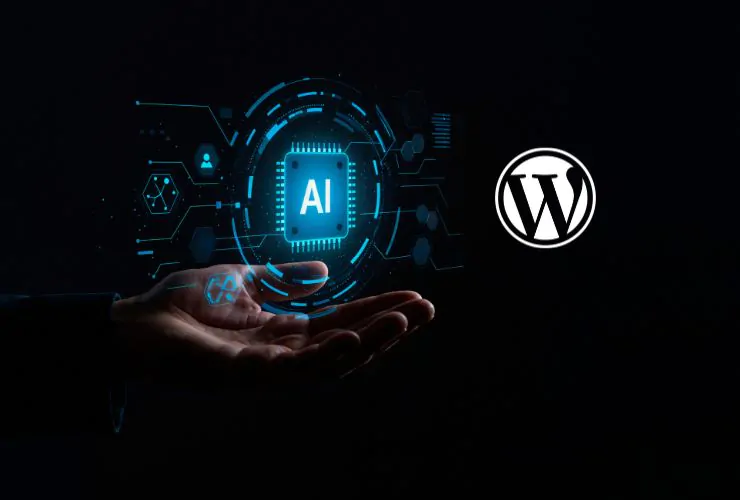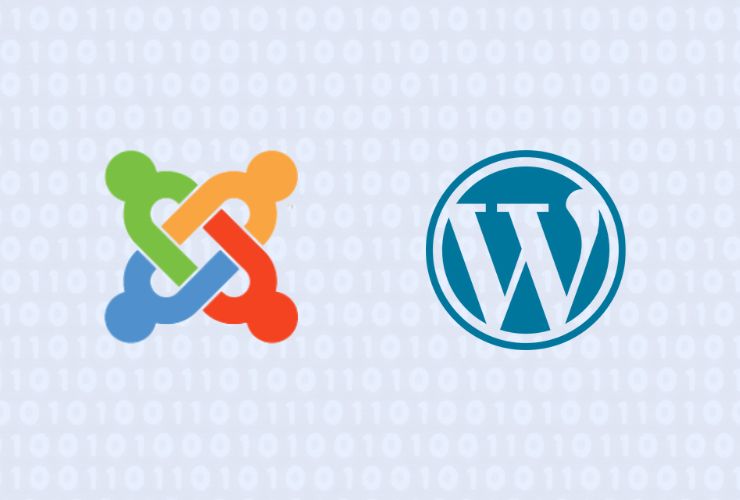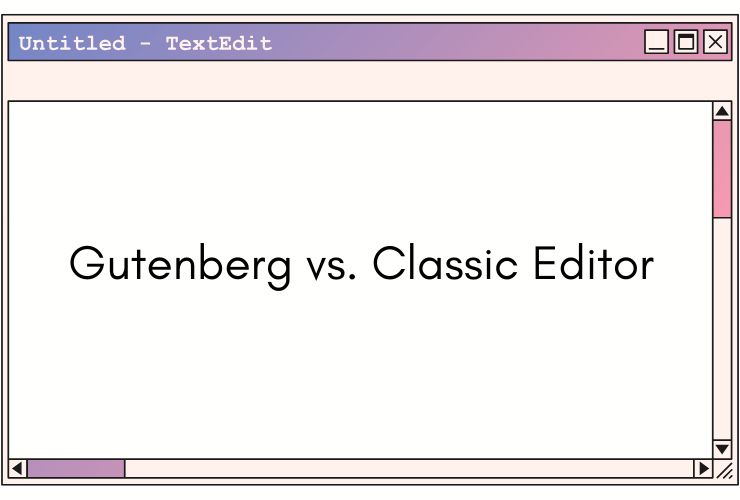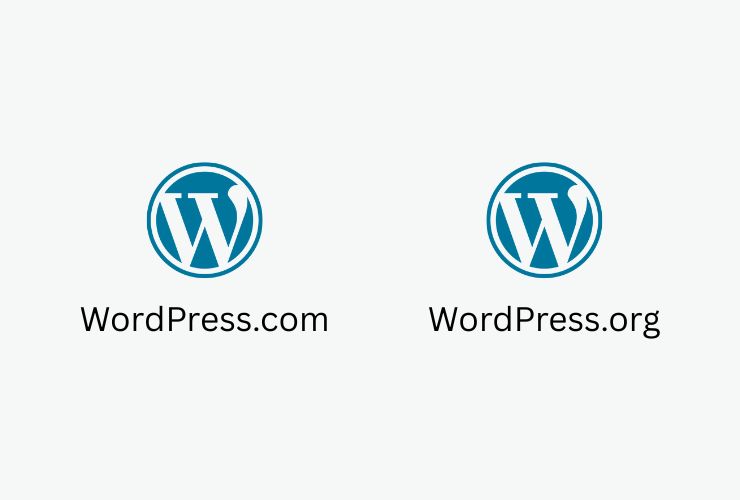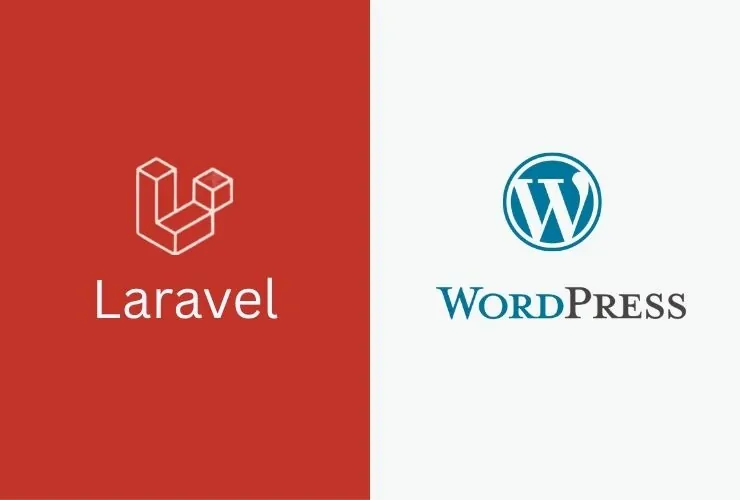WordPress remains a behemoth of site construction, powering more than 40% of the internet. However, with the ever-better digital experience, newer requirements like speed, scalability, and omnichannel delivery push the developer beyond the comfort zone of traditional WordPress architecture. Headless WordPress is the solution rising to fill the void between the familiar CMS and the performance of modern web tech.
What Is Headless WordPress?
In a typical WordPress installation, presentation and content are managed by the CMS. With Headless WordPress, the architecture is split:
Back End: Content creation, storage, and user roles are still managed by WordPress.
Front End: Another technology (e.g., React or Vue) presents the content based on data retrieved from WordPress through REST API or GraphQL.
This separation enables developers to build tailored front ends for particular user requirements, performance objectives, or cross-platform experiences.
Why Go Headless?
Headless architecture is not for all use cases but in the right context, it unlocks compelling benefits:
1. Performance at Scale
Headless configurations combined with static site generators (such as Gatsby or Next.js) significantly lower page load times. Because content is pre-rendered and delivered from a CDN, users see near-instant delivery—even in traffic spikes.
2. Multi-Channel Content Delivery
Brands nowadays do not just have websites but also mobile apps, smart screens, digital kiosks, and beyond. Headless WordPress enables you to publish once and deliver content anywhere: websites, applications, AR/VR environments, and IoT.
3. Freedom in Design & Development
You’re no longer held back by WordPress themes and templates. Create rich, interactive front ends with total control over interactions, animations, and layout using today’s JavaScript frameworks.
4. Future-Proof Technology Stack
Frameworks are deployed and refreshed faster than CMS platforms. You can refresh your front end independently of your CMS with headless, and your stack remains modern without replatforming your entire site.
5. Better Security
Since WordPress is merely being leveraged as a data source, you don’t need to expose your admin panel or PHP engine to the world. This minimizes attack surfaces and security hardening becomes simpler.
When to Use Headhead WordPress
Not all sites require headless setup. It’s a good fit, though, for:
- Enterprise Sites: Large projects with high traffic, intricate UI, and multi-platform content requirements.
- E-commerce Sites: Headless storefronts with fast product pages, PWA compatibility, and React or Vue-based implementation.
- Mobile-First Platforms: Shared CMS between web front ends and mobile apps.
- Jamstack Projects: For implementers of the JAMstack topology for better performance and deployment benefits.
- Content-Intensive Portals: News, media, or content portals demanding high performance with dynamic layout.
Typical Tech Stack for Headless WordPress
Front-End Frameworks:
- React (most typically through Next.js)
- Vue.js (through Nuxt.js)
- Gatsby (for static site generation)
- Angular (less, but supported)
Data Access Layer:
- WordPress REST API (default but at times restricted)
- WPGraphQL (perfomance-wise and flexible-wise better)
Hosting & Deployment:
- Vercel
- Netlify
- AWS (via Lambda and S3)
- Cloudflare Pages
Best Practices for a Headless WordPress Build
- Model Content Strategically: Utilize custom post types and ACF (Advanced Custom Fields) to organize data in an efficient manner.
- Cache Aggressively: Take advantage of caching techniques (such as ISR in Next.js or static exports in Gatsby) to limit API requests.
- Manage Previews & Authentication: Develop secure endpoints to facilitate authenticated content previews and editor workflows.
- Keep Editors in Mind: Maintain the editing experience within WordPress to remain intuitive even without live preview.
- Monitor API Use: Track API usage and performance to avoid rate limits or bottlenecks.
Challenges to Remember
Headless WordPress is powerful—but not always easy:
- Needs Dev Expertise: Expect to work with build pipelines, CI/CD, deployment, and frontend development.
- Limited Plugin Compatibility: Most (if not all) older WordPress plugins (especially UI-focused plugins) won’t work without adaptation.
- Increased Maintenance Overhead: You now have two systems to work with—WordPress and your front-end app.
- Higher Cost: Hosting, development, and architecture can be more expensive than a typical WP site.
Future-Proofing: The Future of Headless WordPress
As the web matures towards API-first, performance-oriented, and multi-platform experiences, Headless WordPress is becoming the default architecture for forward-thinking teams. WordPress core itself is already moving in this direction with REST and GraphQL integrations reaching maturity.
Future trends are:
- Full Site Editing APIs for content previews in headless implementations.
- AI-driven content workflows orchestrated via APIs.
- Edge Rendering and Serverless Functions to provide faster, location-conscious experiences.
Conclusion
Headless WordPress unites the content-editing prowess of the world’s most popular CMS with the flexibility of modern development frameworks. It’s ideal for teams that need speed, scalability, and multi-platform deployment without sacrificing the simplicity of WordPress’s much-loved editing interface.
From super-fast eCommerce sites to multi-channel publishing dynasties, taking WordPress headless might be your greatest decision ever.





